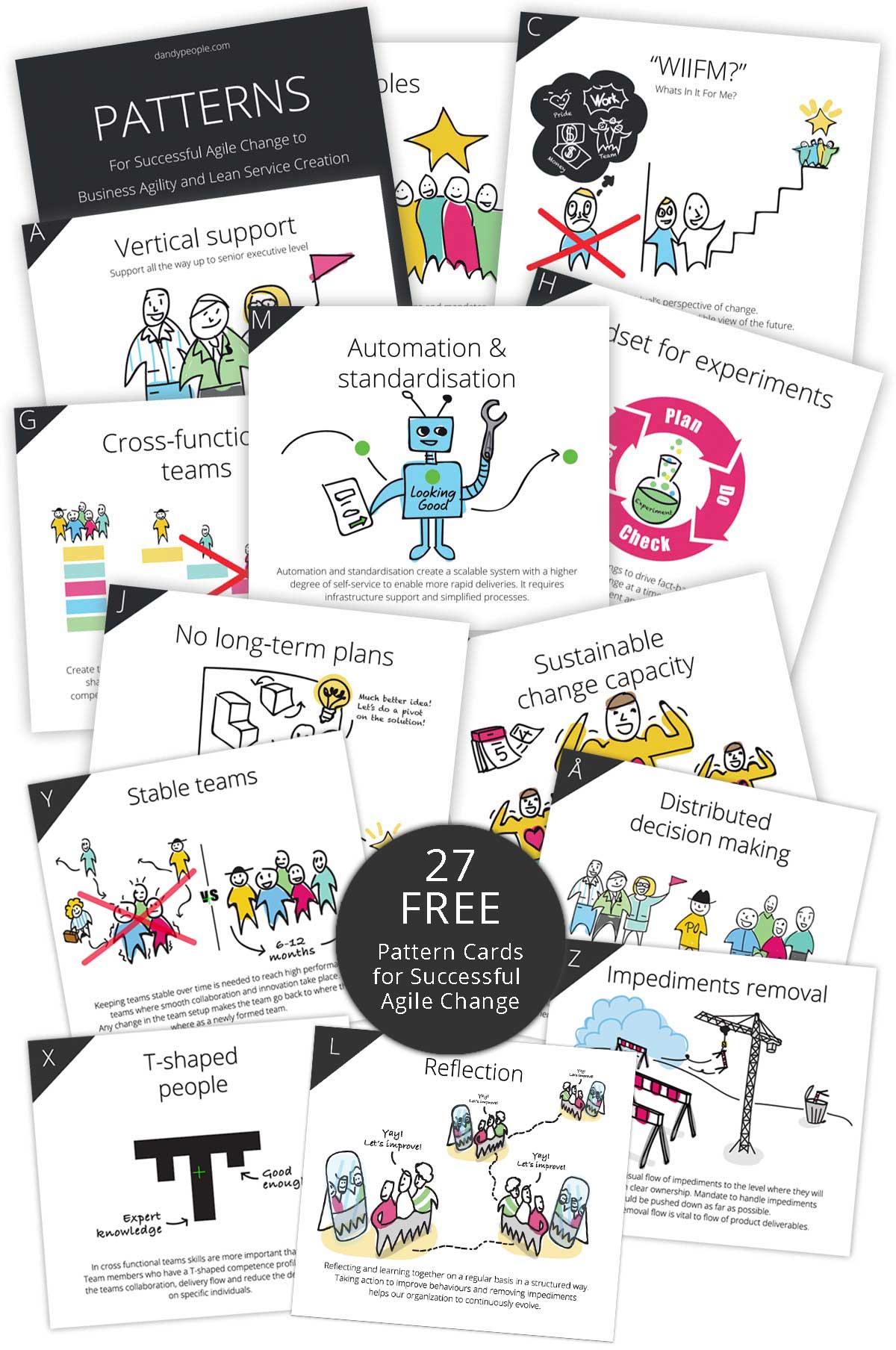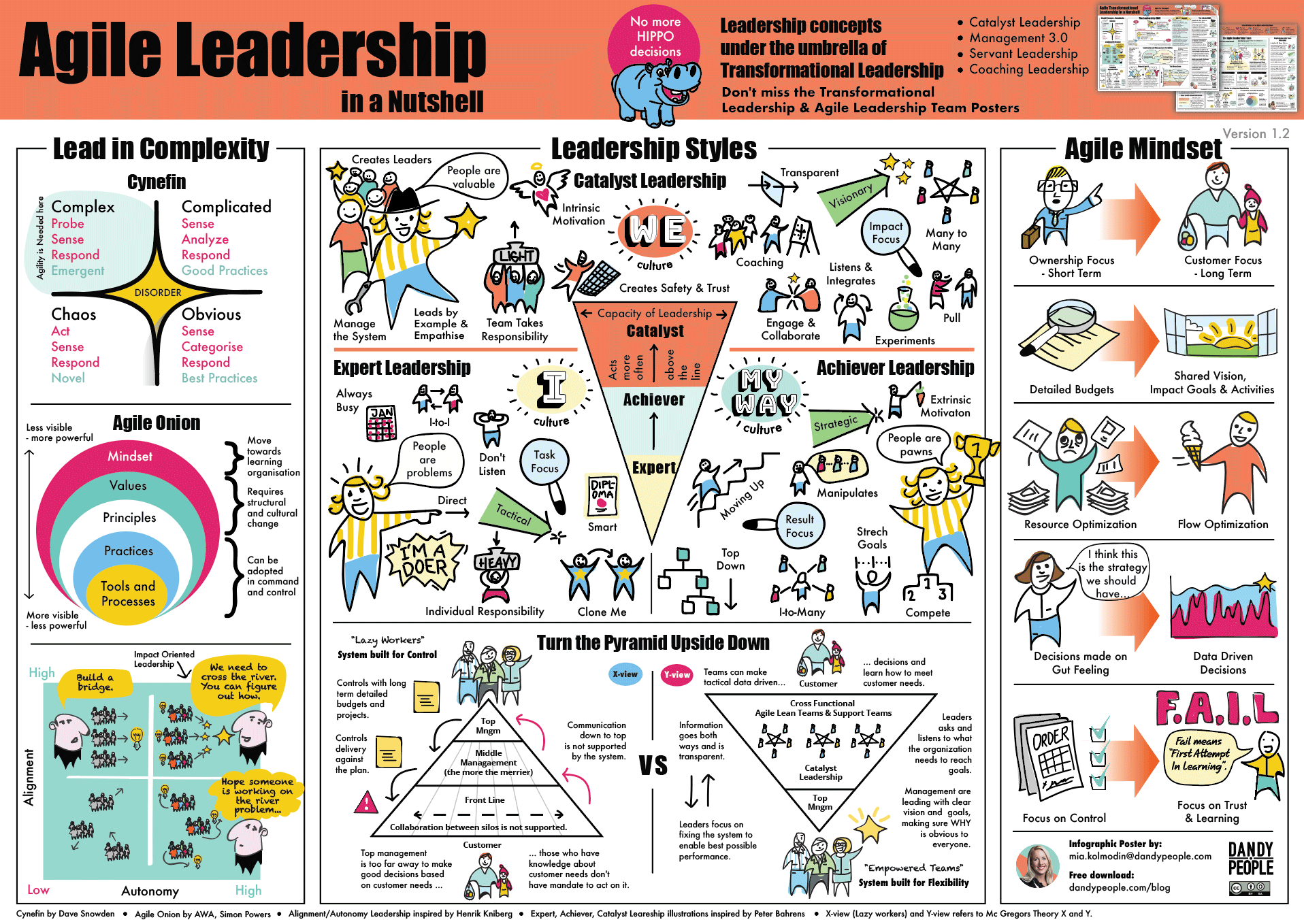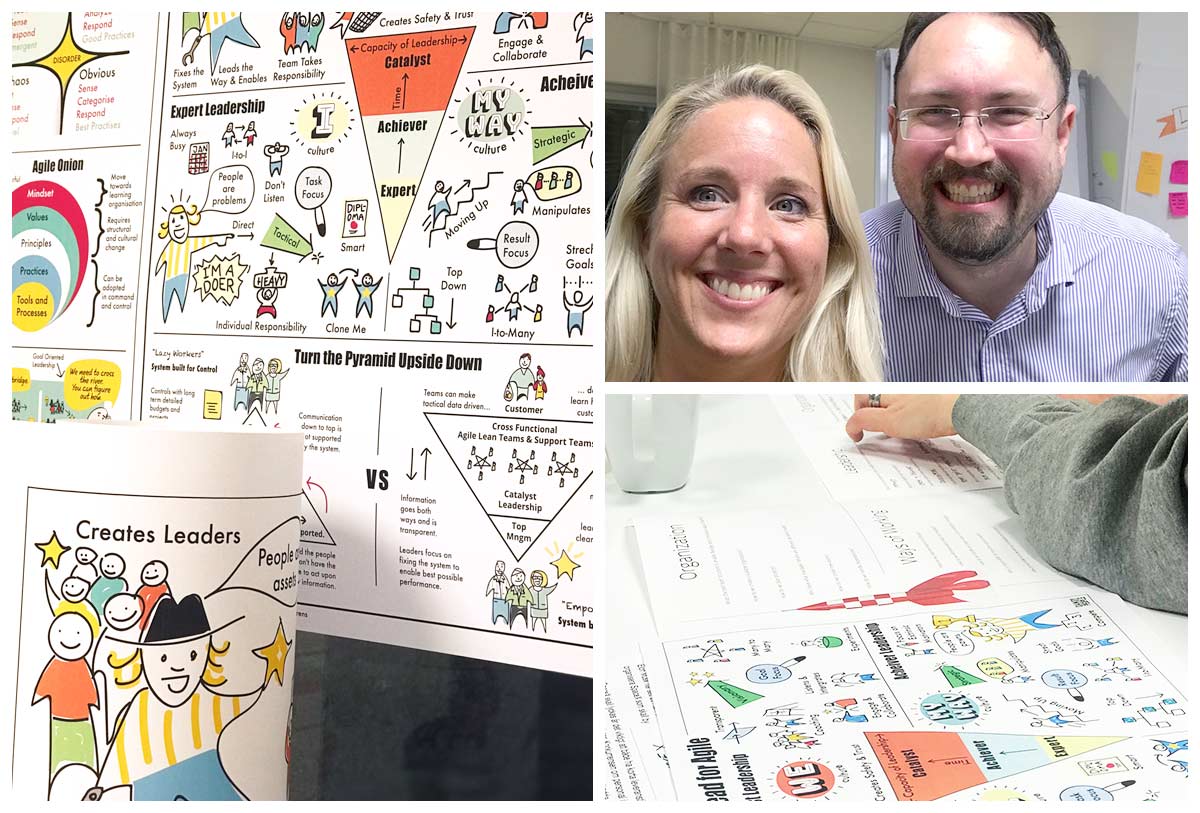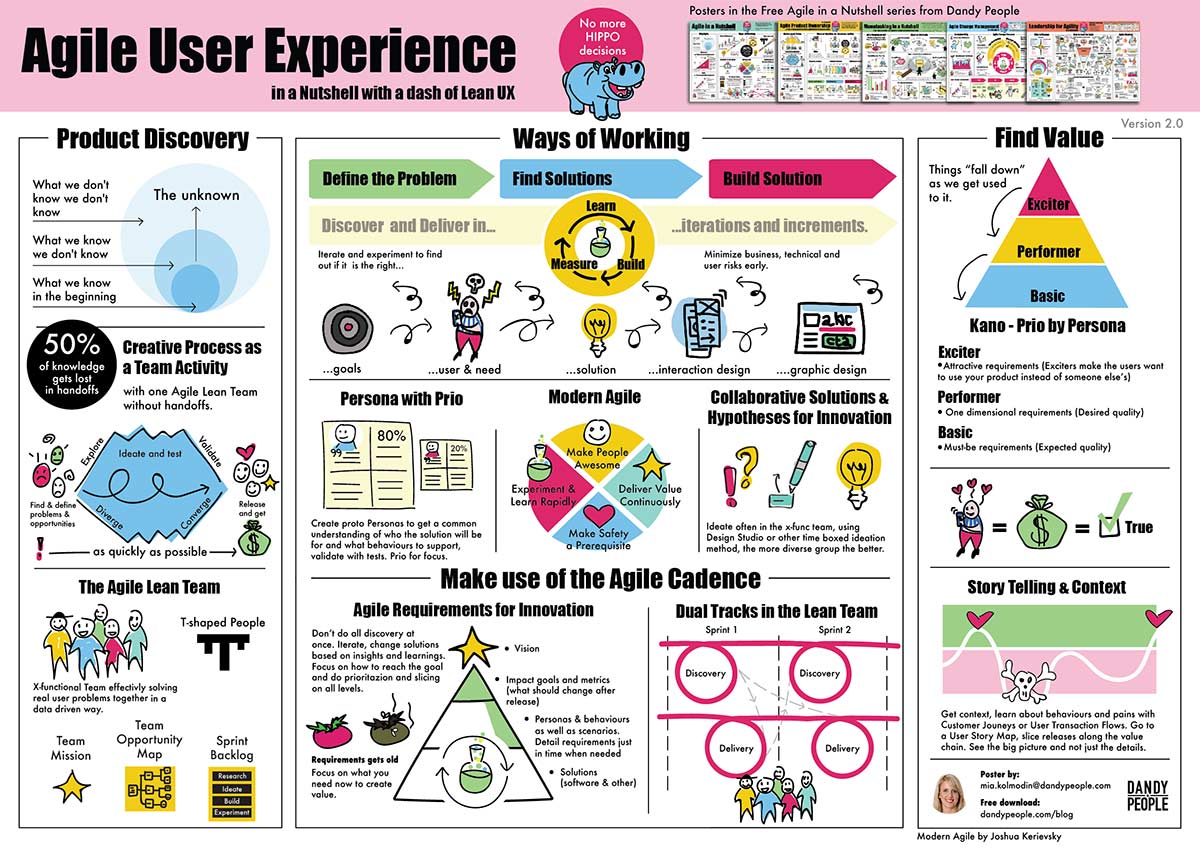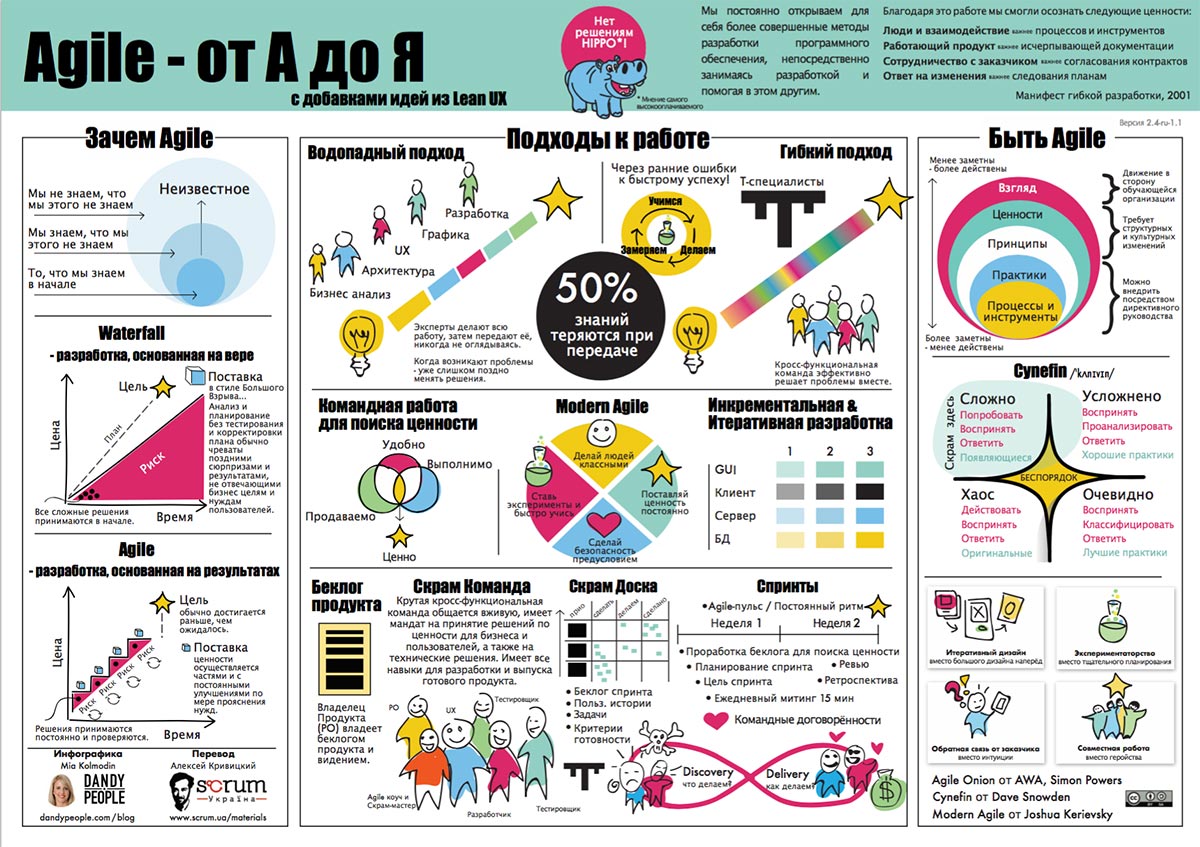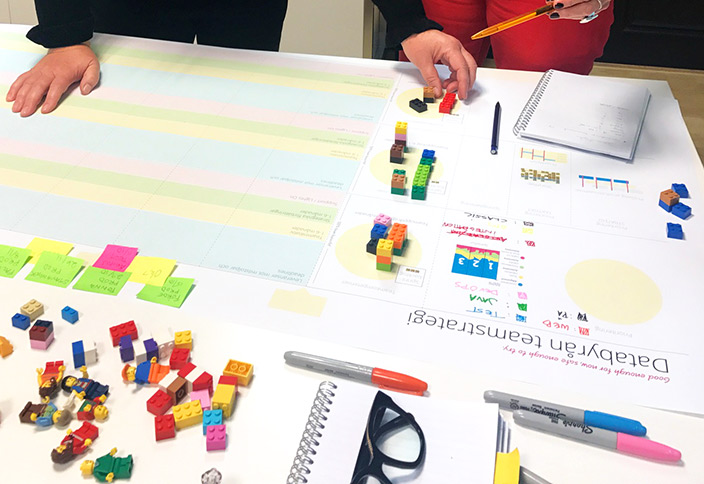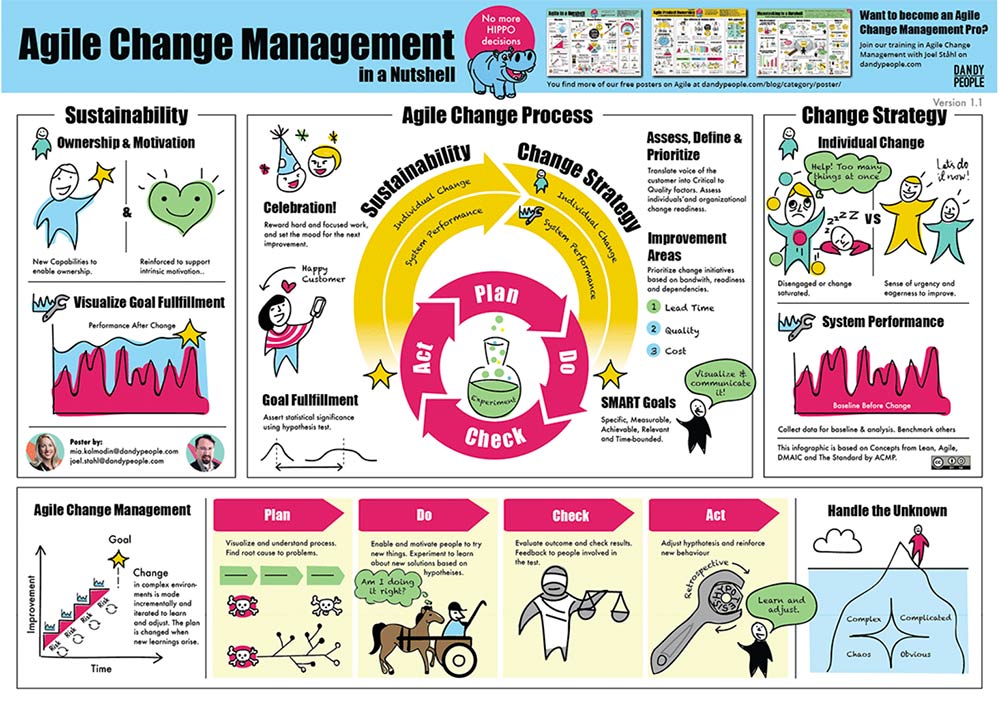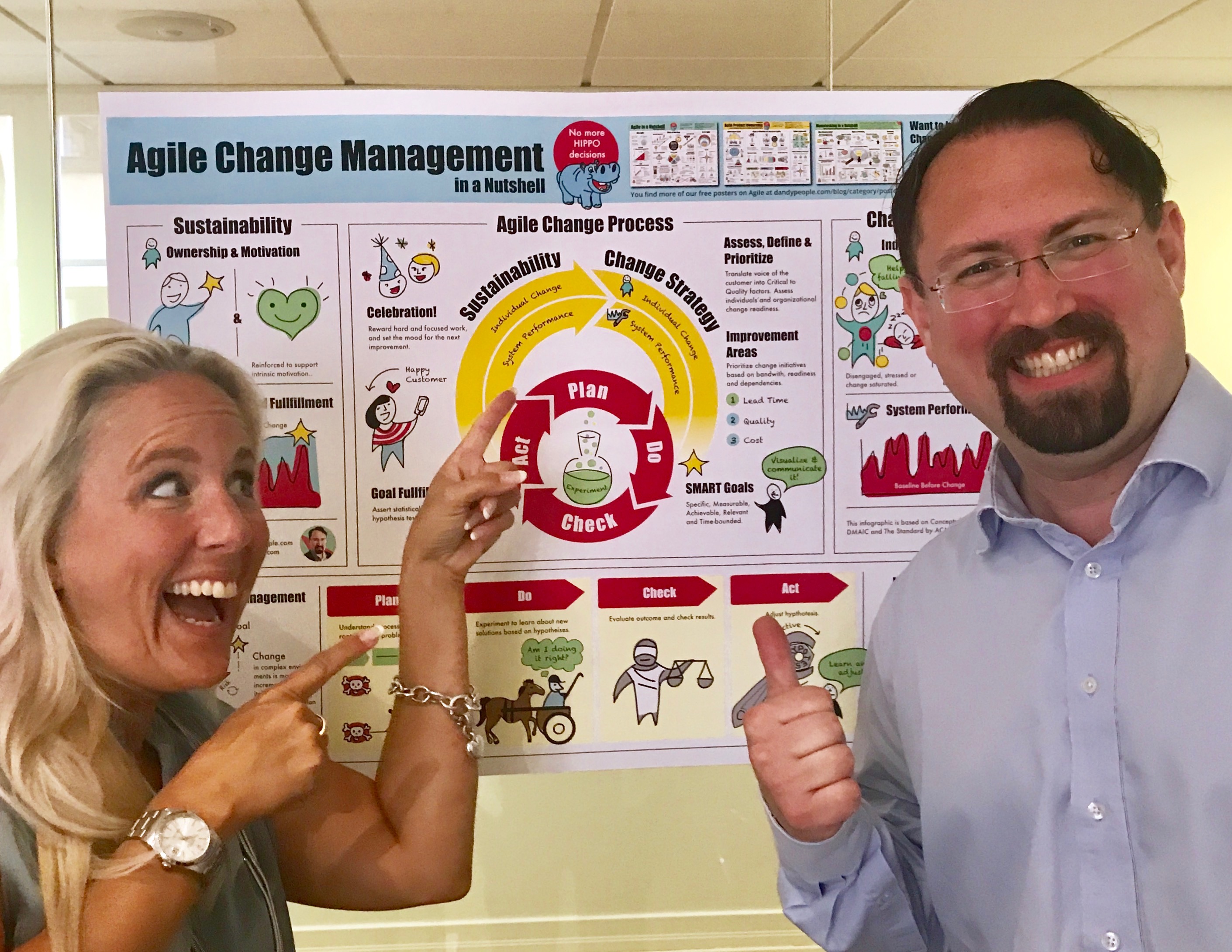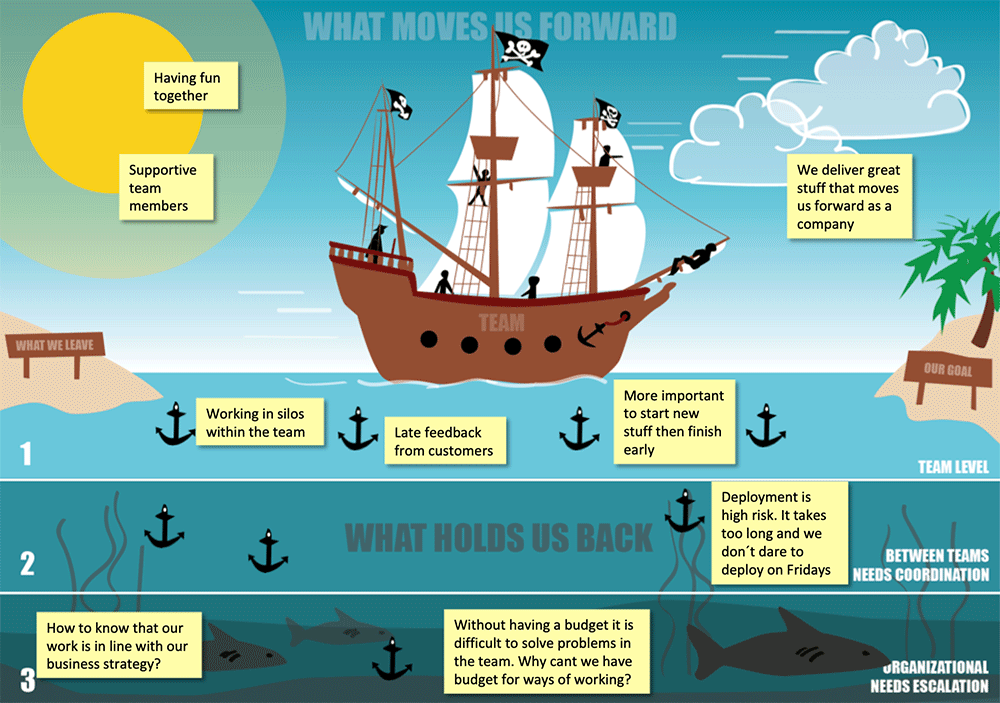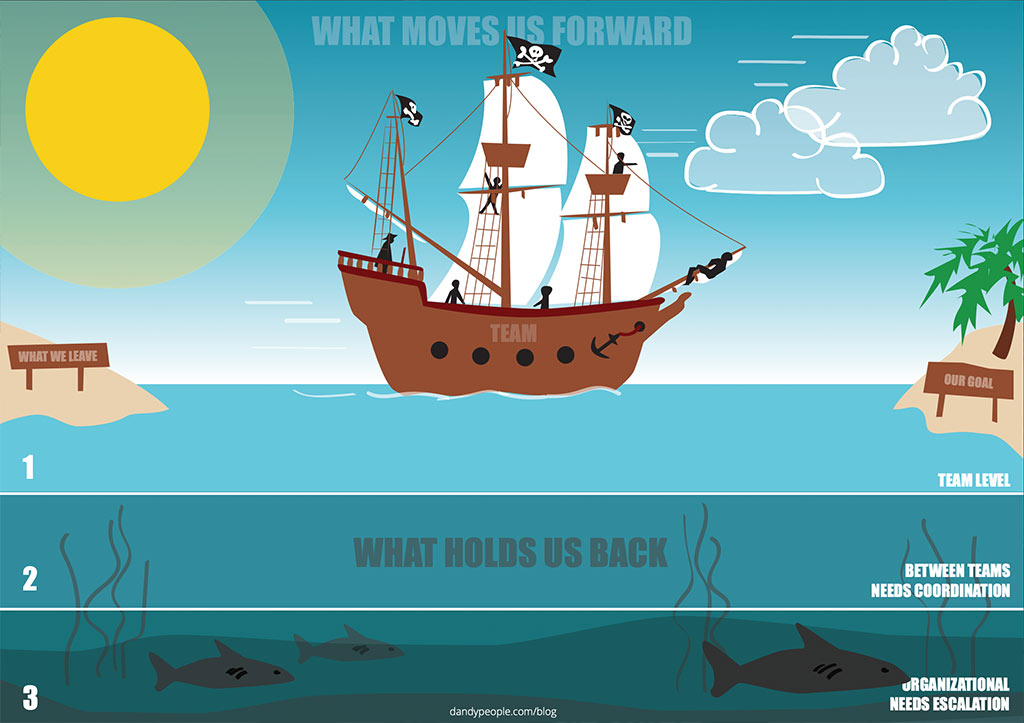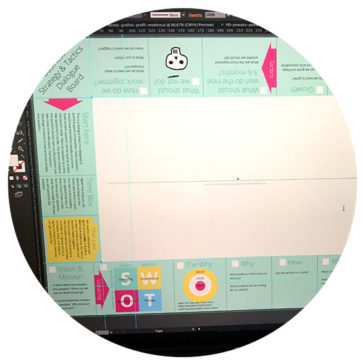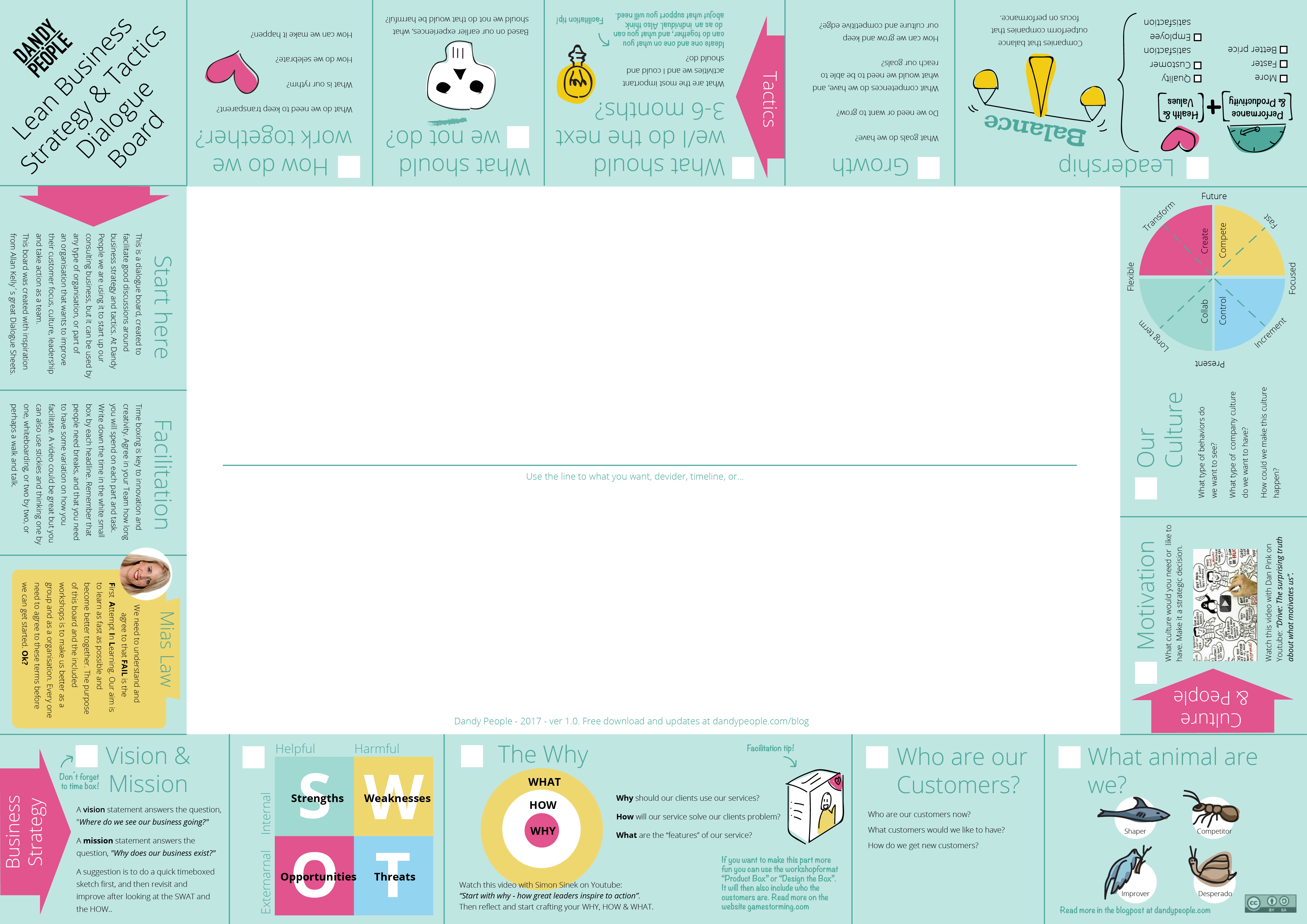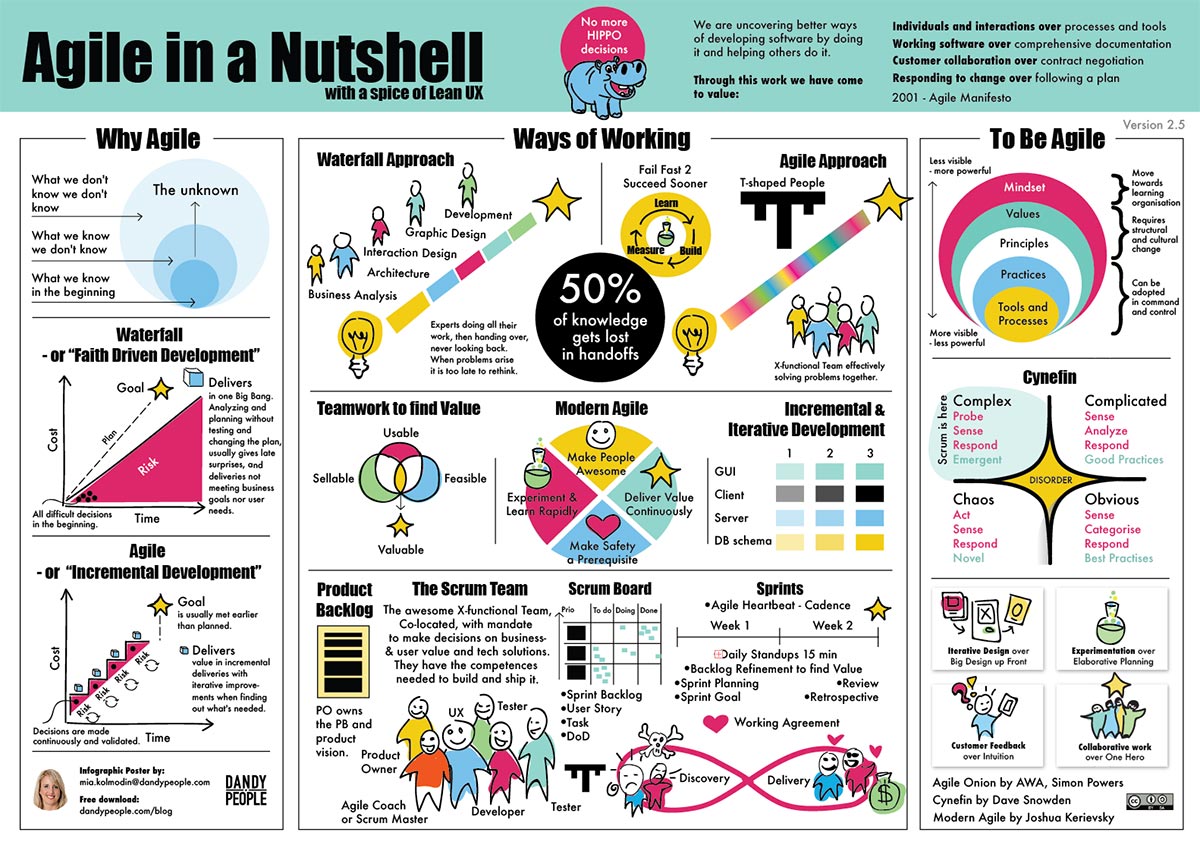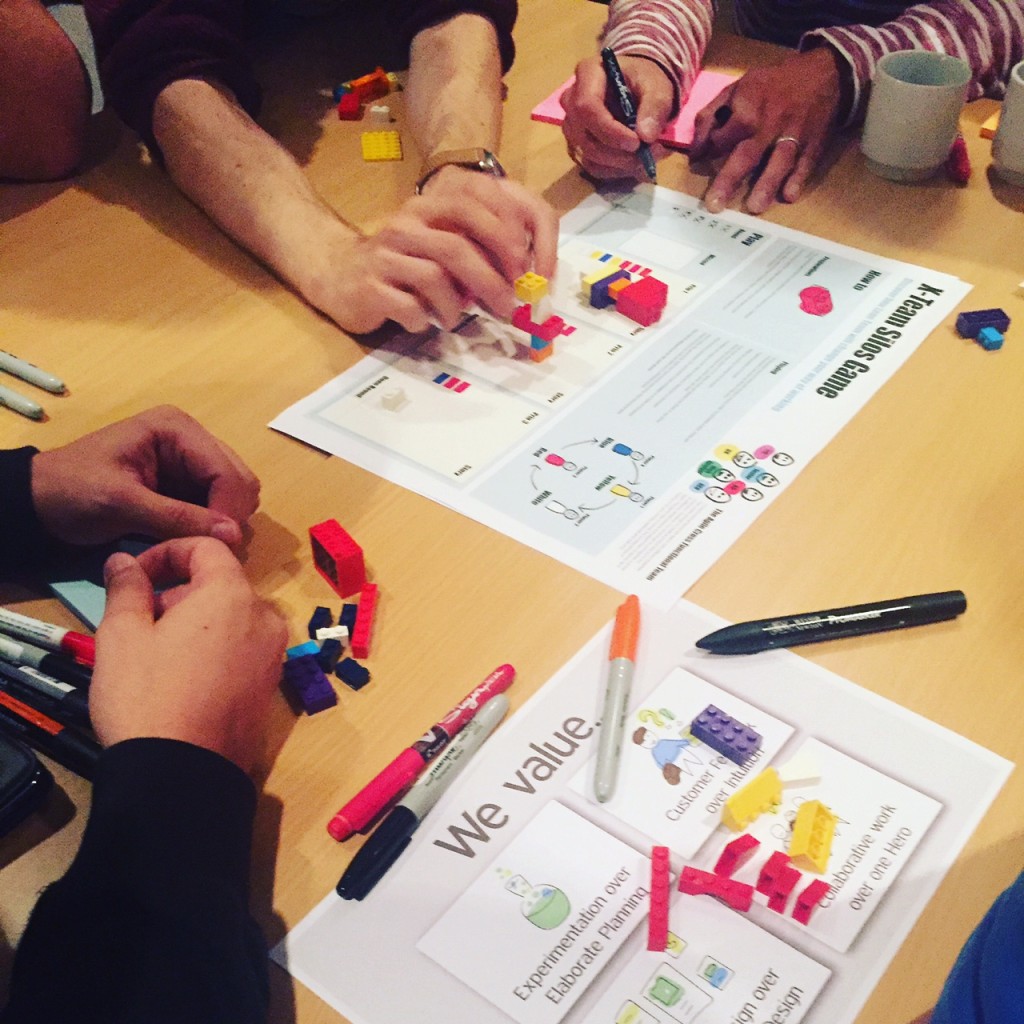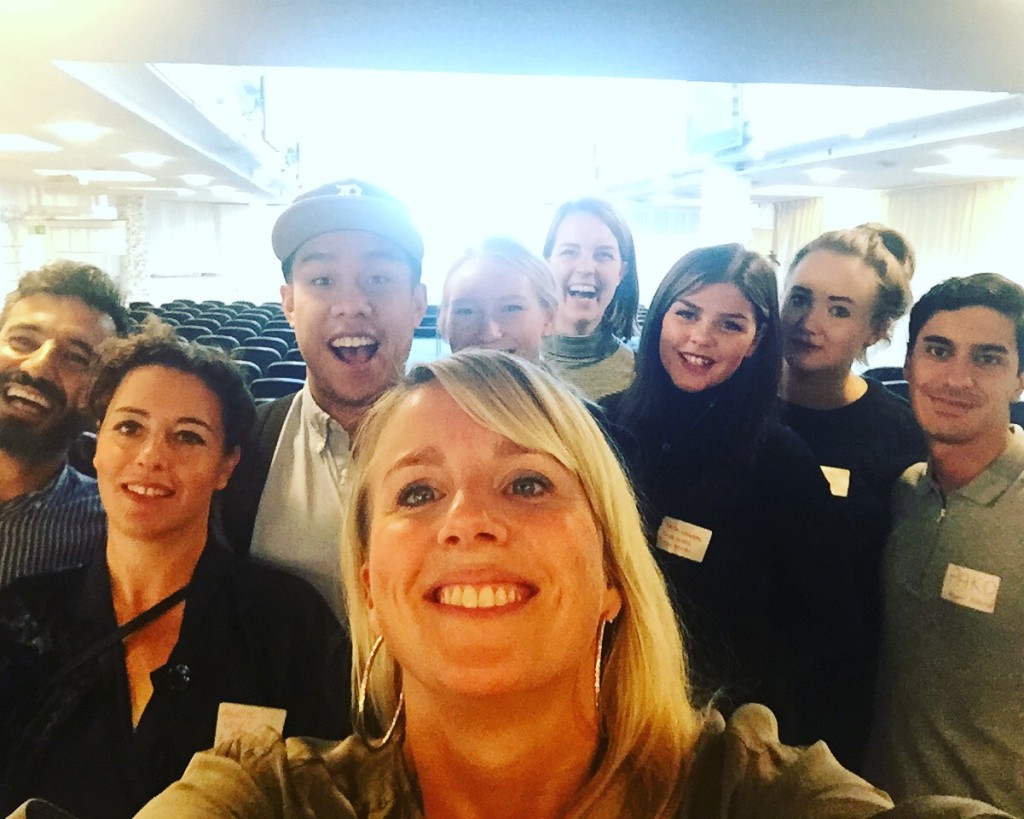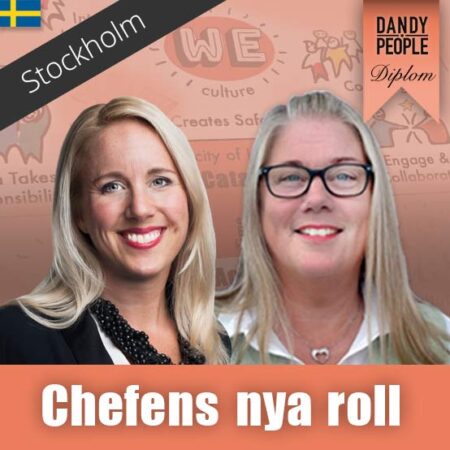For good or bad, the pandemic, has transformed the way teams work around the world. Only a fraction of organizations has all employees back at their offices, while the biggest part is either having employees back in the office a few days a week or having them work remotely 100%. Some have even decided to expand their recruitment abroad. The positive side is that we are now more used to remote working and we have a broader toolbox to make us feel closer despite the distance. But on the flip side, we now have to face a new set of challenges both from the long-term remote working and the mix of onsite and remote work… How can we get the same ownership, engagement, team bonding, and awareness while working from our bedrooms or maybe from the other side of the globe?
The purpose of this poster is to create more awareness of those challenges and enable some reflections in the form of simple tips to try. After all, there is no solution that fits all and the effects are very different from team to team or company to company.
Download the Hybrid Agile Teams Poster for Free Here (PDF) >
French: Download the poster for free here (PDF) >
Spanish: Download the poster for free here (PDF) >
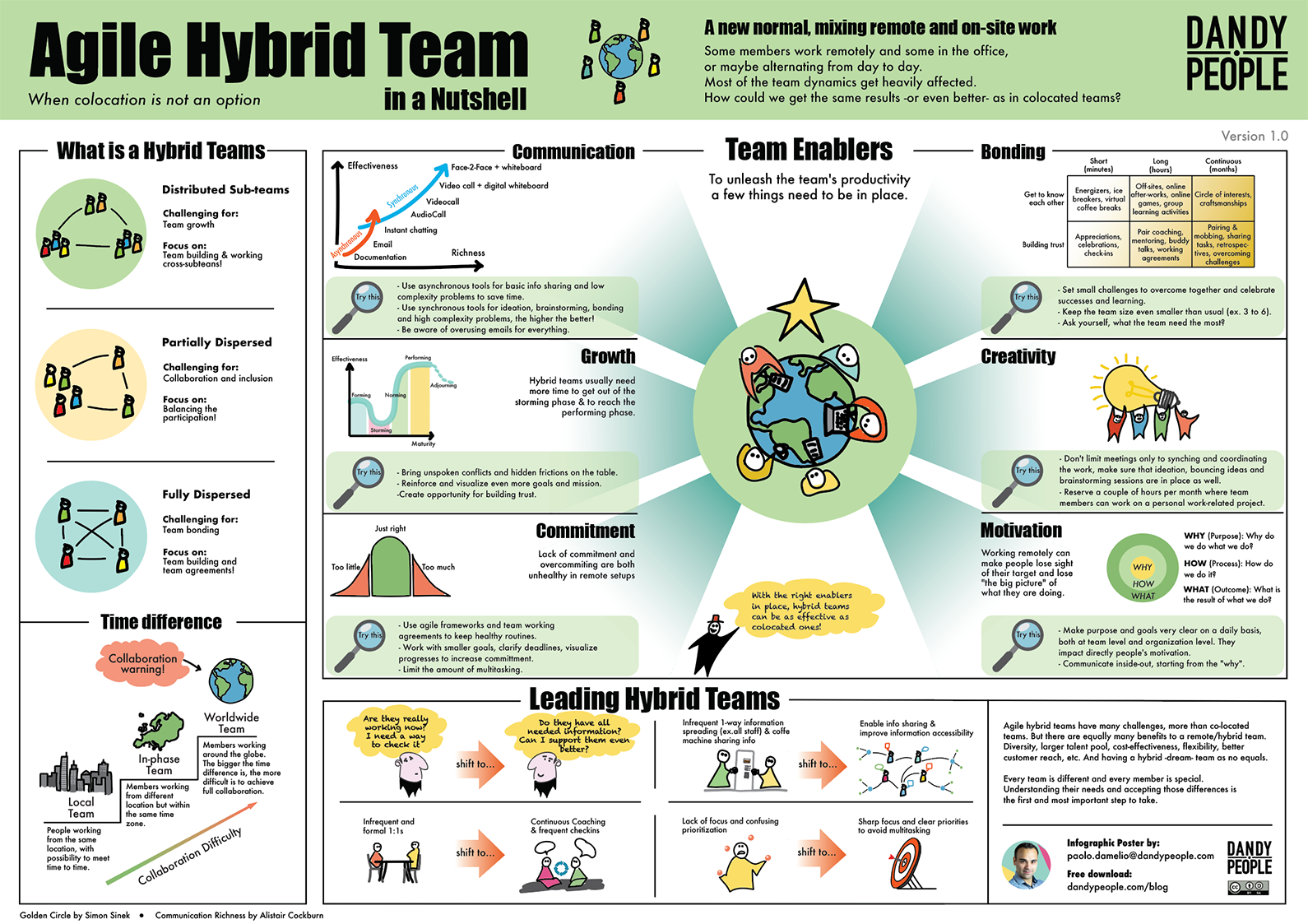
What is a Hybrid Team?
Hybrid Teams are those teams that are either fully remote team, or that work sometimes in the same office and sometimes remotely. It is very important to separate the “types” of those hybrid teams because they have different characteristics and their setup creates different needs and challenges.
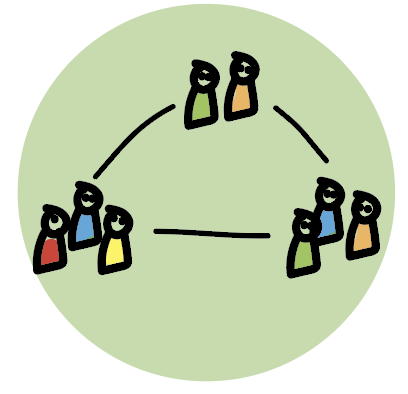
Distributed sub-teams are those where we have people working in different offices, say for example a team that is divided between 2 locations, like half the team in Sweden and the other half in Germany. This is challenging for team growth as the team will naturally split into sub-teams and might never feel like one entity. It is important to focus on team-building activities and even sharing working work across sub-teams.
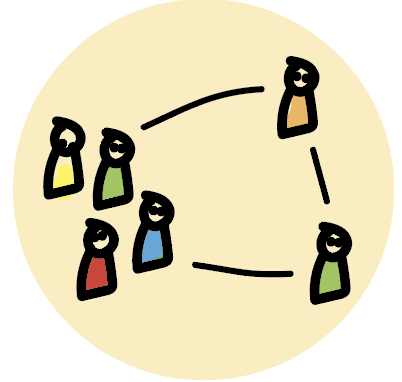
Partially dispersed teams are those where the main team is working from the same location but perhaps one or two people are working from some where else. This is not the best setup as it can make those people feel as if they are outsiders, and the level of inclusion will drastically reduce. In this case, it is important to balance the participation and contribution of everybody to make sure that even those joining remotely can feel part of the team.
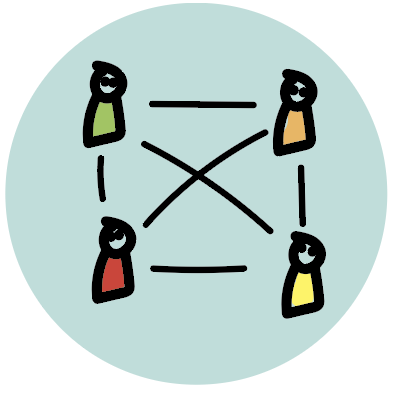
Fully dispersed teams are those teams with people joining from different locations. Even if it might seem the most challenging setup, this is actually better than the others types of hybrid teams when it comes to team development and team dynamics, because everybody is sharing the same situation. It is, of course, challenging to create that deep trust and deep bonding as the members do not have usually many chances to meet us.

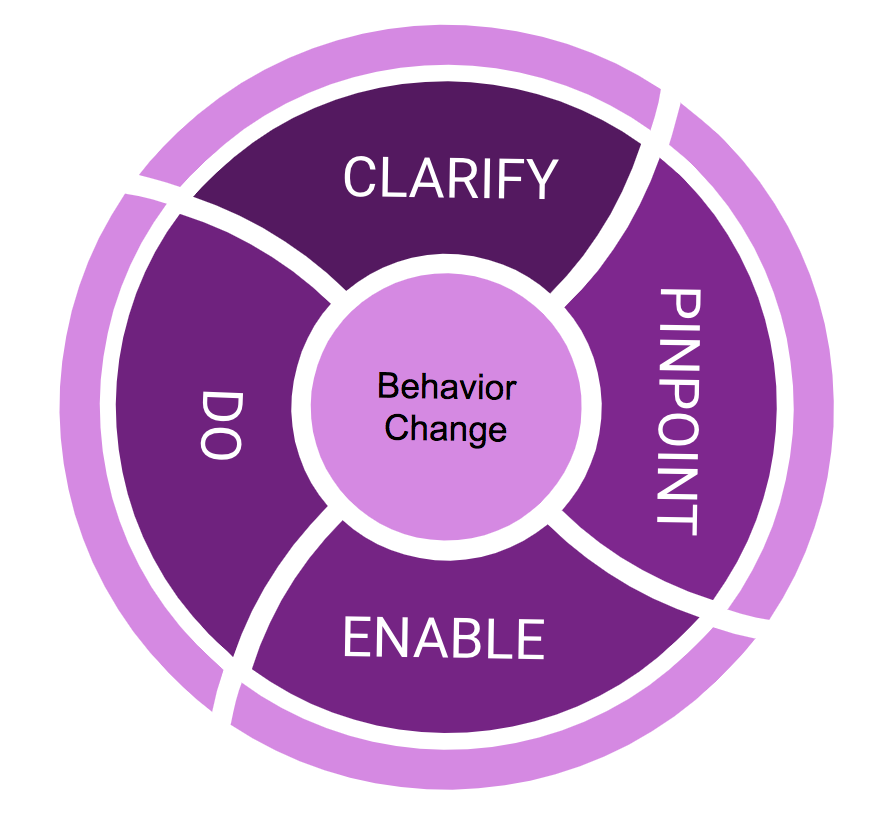


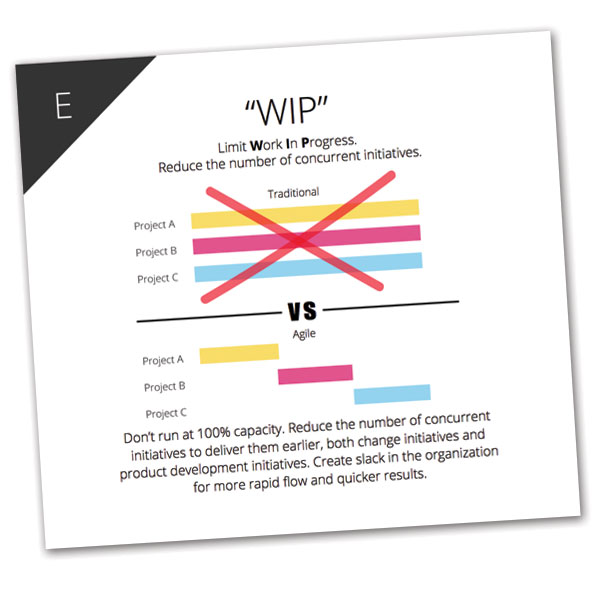
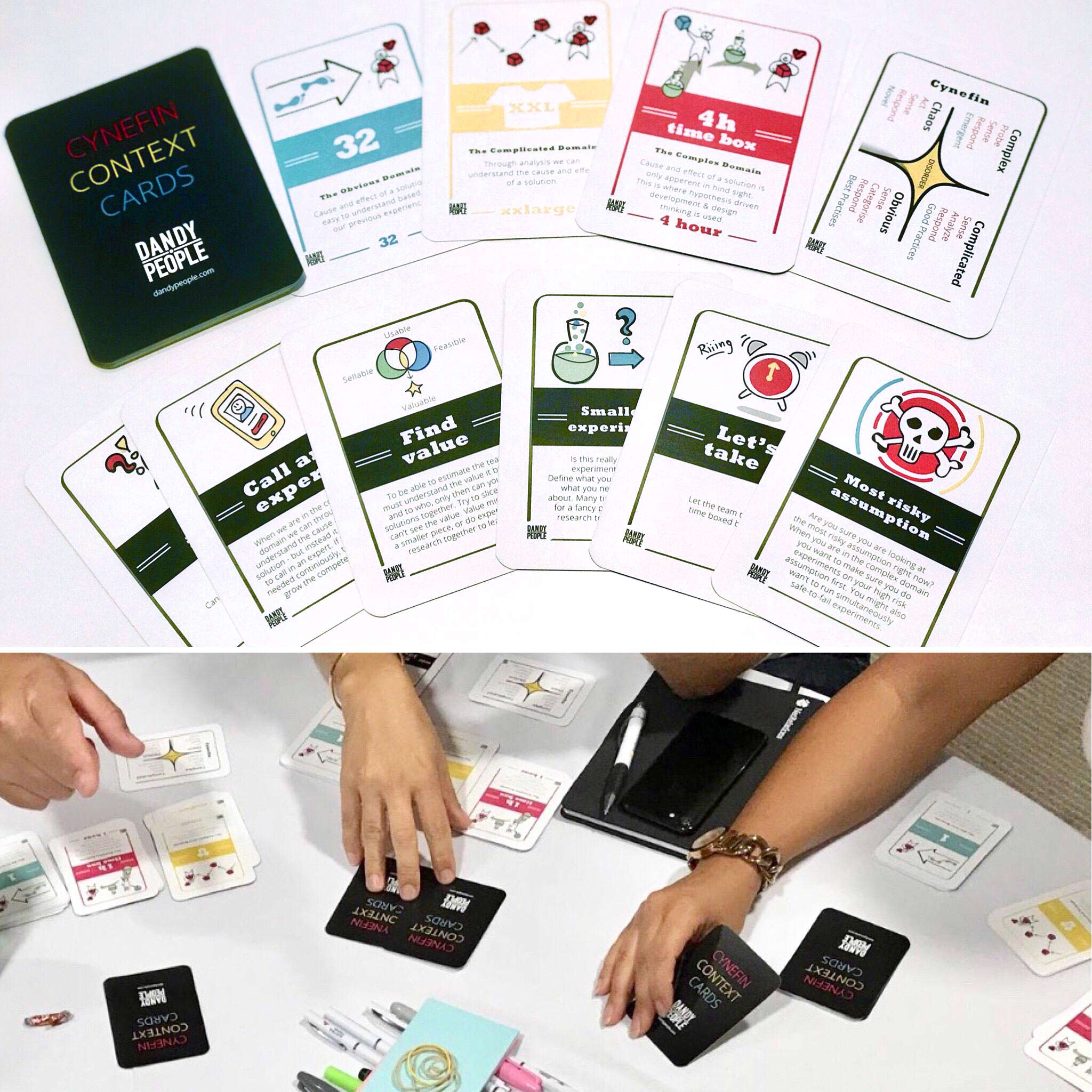
 Les équipes multidisciplinaires sont des équipes avec toutes les expertises néecessaires pour créer un produit et le mettre en production. Cependant, il ne suffit pas de rassembler un groupe de personnes différentes et de s’attendre à ce qu’elles agissent en équipe. Ce jeu essaie de montrer les conséquences du maintien d’une expertise et d’un rôle unique par les membres d’une équipe.
Les équipes multidisciplinaires sont des équipes avec toutes les expertises néecessaires pour créer un produit et le mettre en production. Cependant, il ne suffit pas de rassembler un groupe de personnes différentes et de s’attendre à ce qu’elles agissent en équipe. Ce jeu essaie de montrer les conséquences du maintien d’une expertise et d’un rôle unique par les membres d’une équipe.
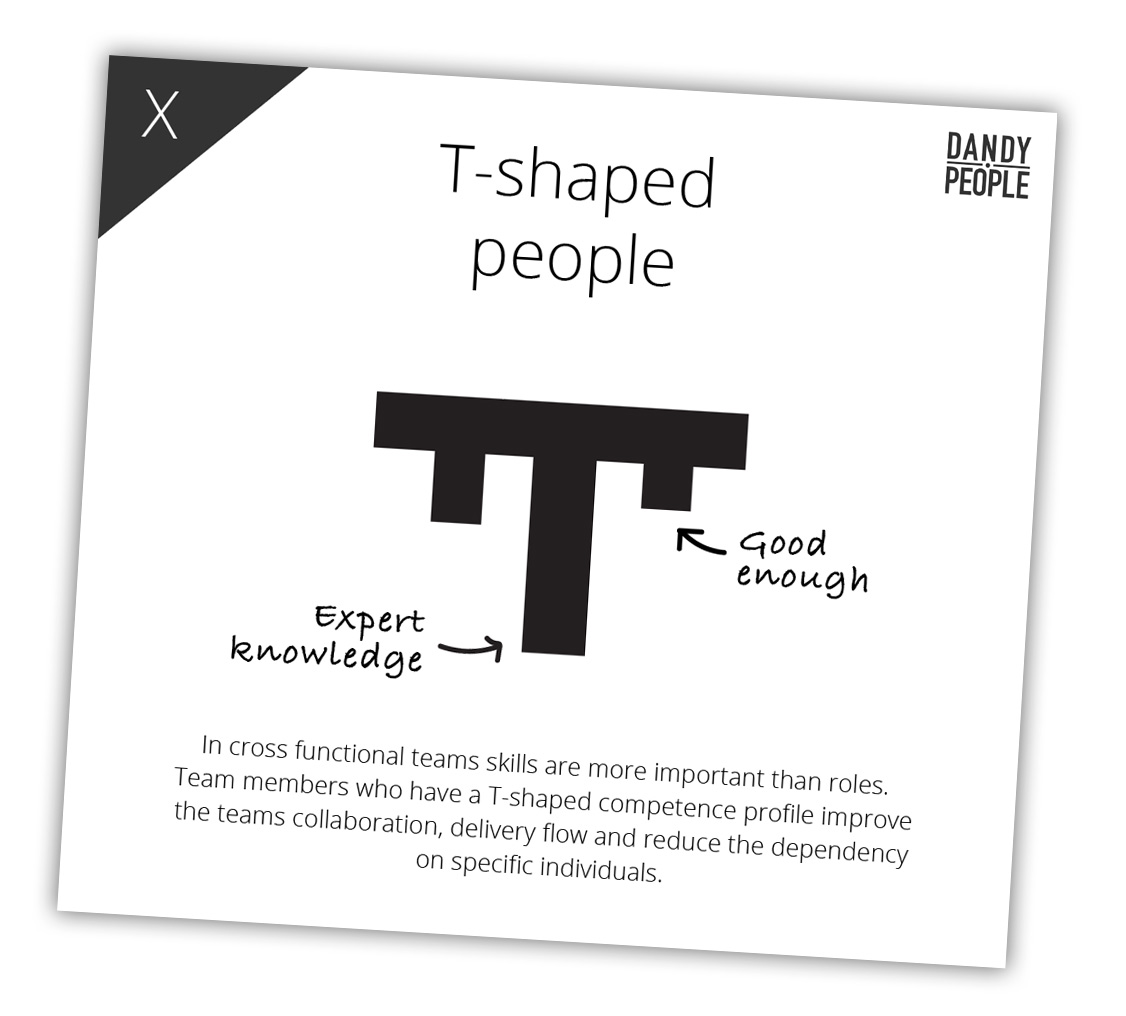 T-shape is about growing skills in people that might not be in within their core expert competence area. When coaching leaders, teams and organizations we’ve noticed that building T-shape is often a game changer that makes a big impact – but it might sometimes be more tricky than you think.
T-shape is about growing skills in people that might not be in within their core expert competence area. When coaching leaders, teams and organizations we’ve noticed that building T-shape is often a game changer that makes a big impact – but it might sometimes be more tricky than you think.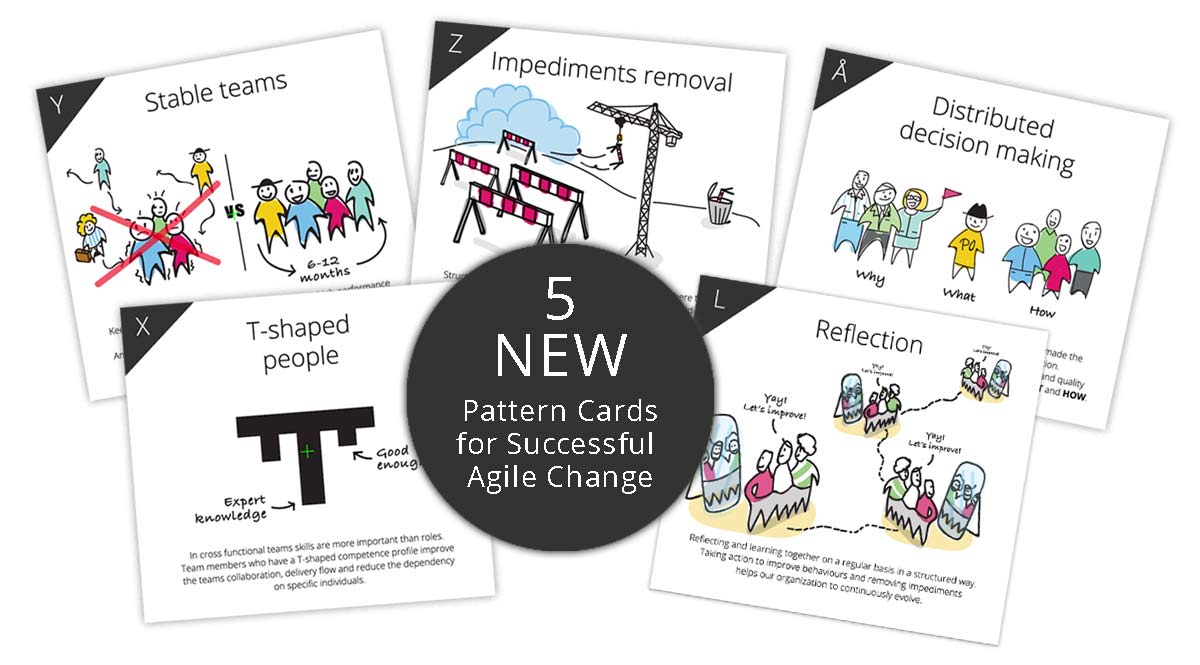
 Det är i den andan jag själv vill se den artikel som Catrin Brodin tillsammans med ett tjugotal av oss som arbetar med förändringsledning har skrivit.
Det är i den andan jag själv vill se den artikel som Catrin Brodin tillsammans med ett tjugotal av oss som arbetar med förändringsledning har skrivit. 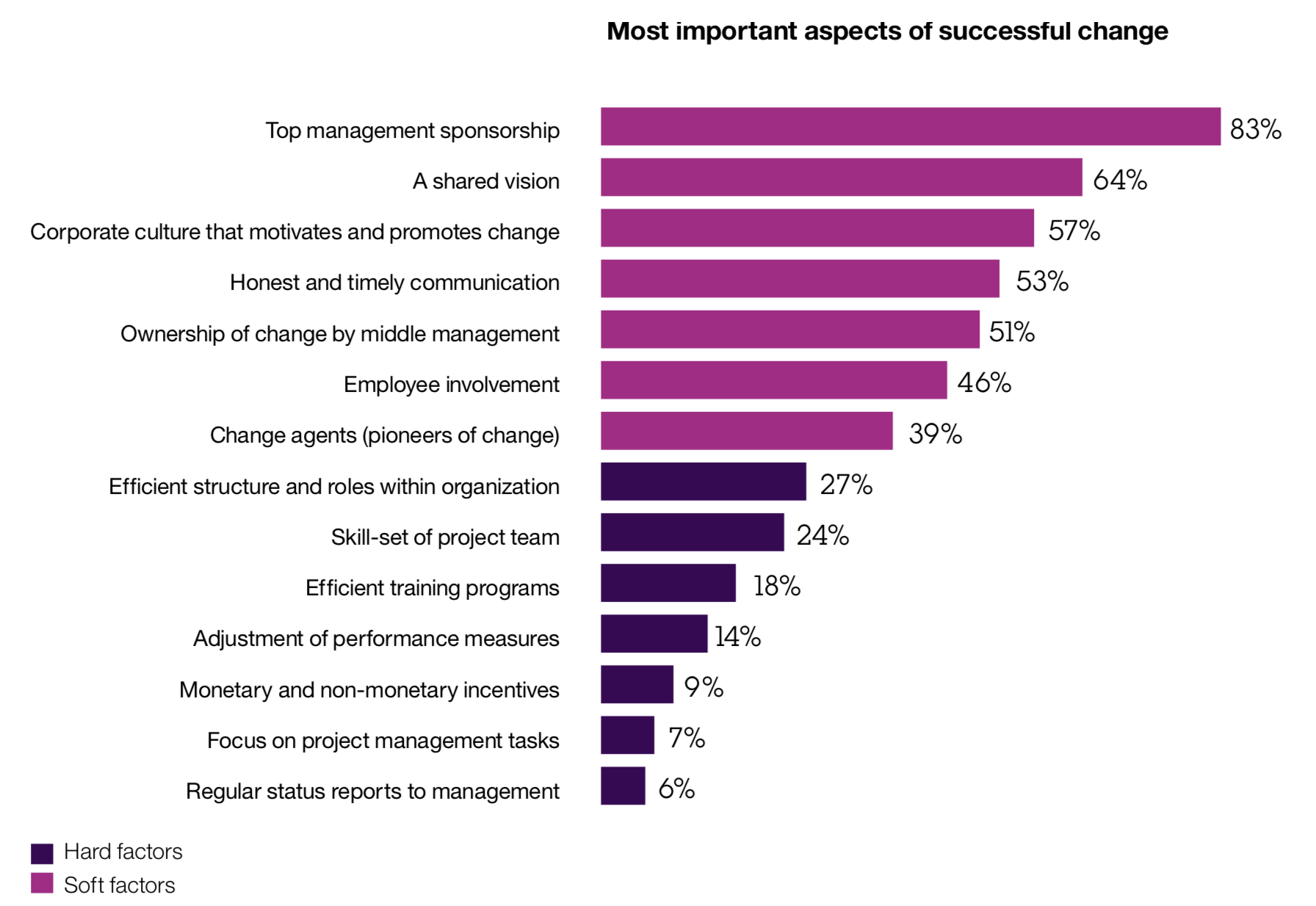 Även i andra länder där det istället heter Walpurgisnacht eller Saint Walburga’s Eve hittar vi dessa problem. Två internationella undersökningar visar att nyckelfaktorerna för framgångsrik förändringsledning inte skiljer sig åt mycket eftersom det är samma utmaningar vi alla behöver hantera.
Även i andra länder där det istället heter Walpurgisnacht eller Saint Walburga’s Eve hittar vi dessa problem. Två internationella undersökningar visar att nyckelfaktorerna för framgångsrik förändringsledning inte skiljer sig åt mycket eftersom det är samma utmaningar vi alla behöver hantera. 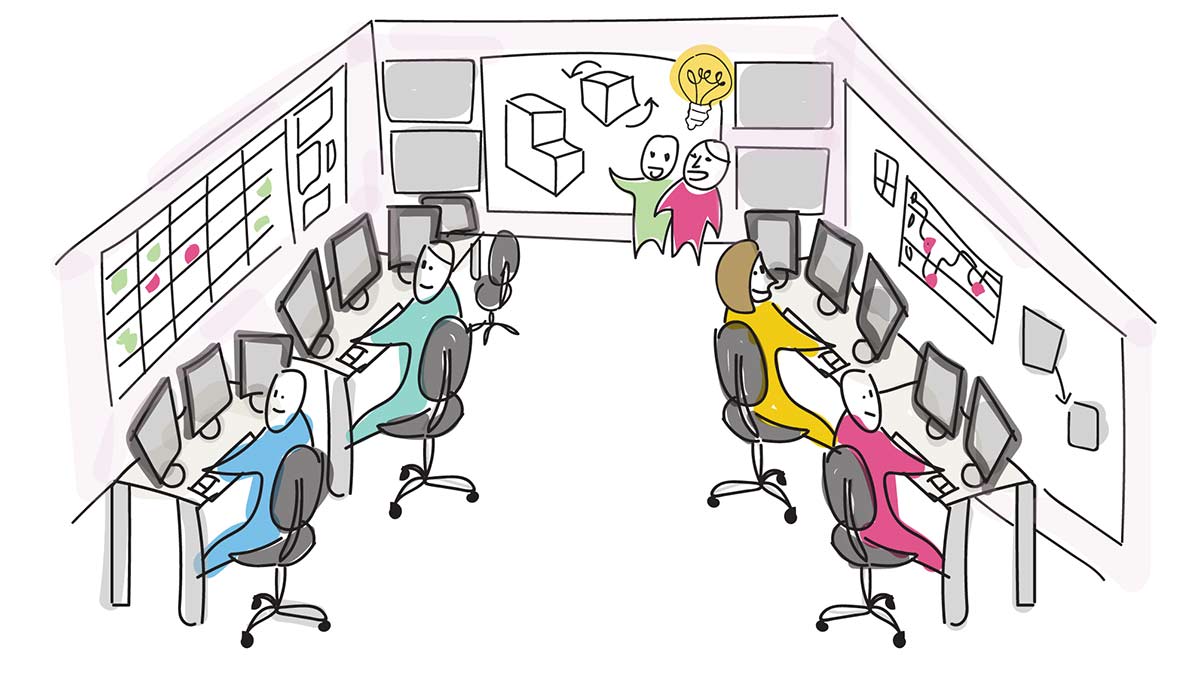 There is a an increasing trend in big companies and organizations to go Agile, and of course that is awesome in my opinion. What is really confusing though, is that many of the same companies and organizations also decide to change to activity based seating. This is really confusing in many ways, since it will bring contradictory behaviors than what you are looking for when working Agile, and in the short – and long run, make the company fail to go agile.
There is a an increasing trend in big companies and organizations to go Agile, and of course that is awesome in my opinion. What is really confusing though, is that many of the same companies and organizations also decide to change to activity based seating. This is really confusing in many ways, since it will bring contradictory behaviors than what you are looking for when working Agile, and in the short – and long run, make the company fail to go agile.